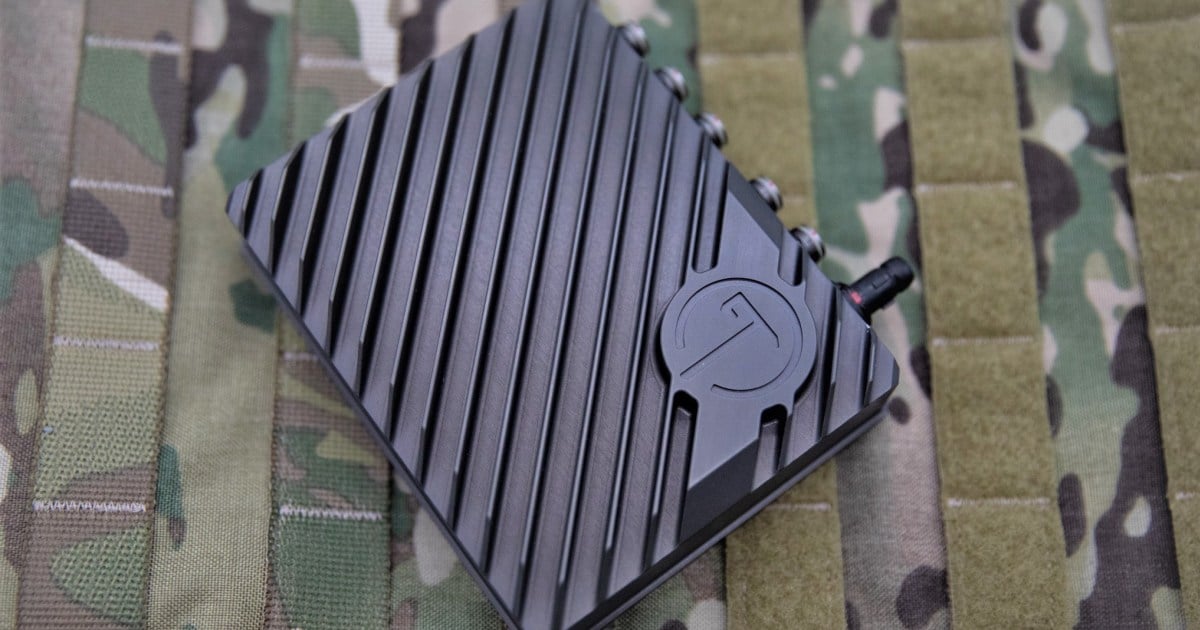
Linux Foundation’s EdgeXFoundry is celebrating this week, having reached an important milestone, with over five million container downloads only three years after launching the project in April 2017.
The project now has over 170 contributors, including start-ups to multibillion-dollar global enterprises, bringing together a worldwide talent pool of many of the top thinkers in the world of connected things.
As the community continues to grow, with the “network effect” kicking in, EdgeX also announced their sixth release (Geneva) designed to simplify not only sensor-based solutions, but to enhance those with AI, Data Analytics and Digital Transformation capabilities.
According to the announcement, the new release moves data faster from multiple edge devices to cloud, enterprise and on-premise applications.
Additionally, under the steady hand of Arpit Joshipura, general manager at the Foundation who has been bringing together and harmonizing networking, edge and IoT projects, synergies between multiple open source communities are being accelerated, even as the IoT industry is changing and inevitably consolidating.
“EdgeX Foundry is committed to developing an open IoT platform for edge-related applications and shows no signs of slowing down the momentum,” Joshipura said. “As one of the Stage 3 projects under LF Edge, EdgeX Foundry is a clear example of how member collaboration and diversity are the keys to creating an interoperable open source framework across IoT, Enterprise, Cloud and Telco Edge.”
EdgeX Foundry, a project under the LF Edge umbrella organization within the Linux Foundation that aims to establish an open, interoperable framework for IoT edge computing independent of connectivity protocol, hardware, operating system, applications or cloud continues to evolve the intelligence inside of IoT systems, with more security, optimized analytics, and a range of connectivity protocols for multiple devices.
The project, according to the Foundation, “is an open source, loosely-coupled microservices framework that provides the choice to plug and play from a growing ecosystem of available third-party offerings or to augment proprietary innovations. With a focus on the IoT Edge, EdgeX simplifies the process to design, develop and deploy solutions across industrial, enterprise, and consumer applications.”
“The massive volume of devices coming online represents a huge opportunity for innovation and is making edge computing a necessity,” said Keith Steele, EdgeX Foundry Chair of the Technical Steering Committee. “With at least 50% of data being stored, processed and analyzed at the edge we need an open, cloud-native edge ecosystem enabled by EdgeX to minimize reinvention and facilitate building and deploying distributed, interoperable applications from the edge to the cloud. In 3 short years, EdgeX has achieved incredible global momentum and is now being designed into IOT systems and product roadmaps.”
As the sixth release in the EdgeX Foundry roadmap, Geneva offers simplified deployment, optimized analytics, secure connectivity for multiple devices and more robust security. Key features include:
- Automate on-boarding: simplify, scale and quicken connection of devices by allowing automatic provisioning of devices
- Improved Performance: A new rules engine that is written in Go for faster performance, a smaller footprint and more memory
- Connectivity: Improved bandwidth utilization and efficiency through use of new batch and send capabilities provided in the App Functions SDK
- Secure Authentication: Store and use/authenticate secrets to connect with cloud providers
- Testing: New integration and backward compatibility testing along with enhanced security and blackbox testing
EdgeX Foundry works closely with several of the other LF Edge projects such as Akraino Edge Stack and new project Open Horizon. During this release cycle, EdgeX was made to work under the Akraino Edge Lightweight IOT (ELIOT) Blueprint and tested under the Akraino Community Lab.
Launched last month, Open Horizon is a platform for managing the service software lifecycle of containerized workloads and related machine learning assets. Open Horizon is building an integration project that will demonstrate delivery and management of EdgeX Foundry as a containerized solution in stages, beginning with a single deployable unit and then progressing to a more modular set of services and alternate delivery targets.
"To further enhance use in production environments, EdgeX Foundry’s Geneva release brings simplified deployments and improved security,” said Tony Espy, Technical Architect at Canonical. “With EdgeX available as a snap, this aligns to the fundamentals of snaps' core principles which allow developers to benefit from confinement and transactional updates to ensure deployments are secure and with minimal need for manual intervention. As the EdgeX ecosystem continues to see strong traction, we look forward to continuing our contribution to building an open, interoperable framework for edge computing."
"EdgeX Foundry's middleware solution is an important component of an open, vendor-neutral pipeline connecting IoT devices and their data to analytics and data management at the on-premise edge," said Joe Pearson, Engineering Strategy & Innovation Leader, Edge Computing, IBM. "This latest release underscores the importance of working within LF Edge to encourage interoperability as we build a comprehensive open edge computing framework, beginning with Open Horizon."
"With the evolution of IoT and edge computing, there is a growing realization to deploy and run compute engines near the data source in a truly globally distributed manner. This architecture requires running intelligent AI-based functionality at the edge while processing a significant amount of data at high-throughput and low latency on small form-factor devices,” said Yiftach Shoolman, CTO and co-founder at Redis Labs. “EdgeX Foundry with Redis as the primary data store provides an open-source data platform to meet these expectations by combining in-memory data processing with modern data-models, and can be extended with a serverless engine and AI-serving platform."
Arti Loftus is an experienced Information Technology specialist with a demonstrated history of working in the research, writing, and editing industry with many published articles under her belt.Edited by
Ken Briodagh





